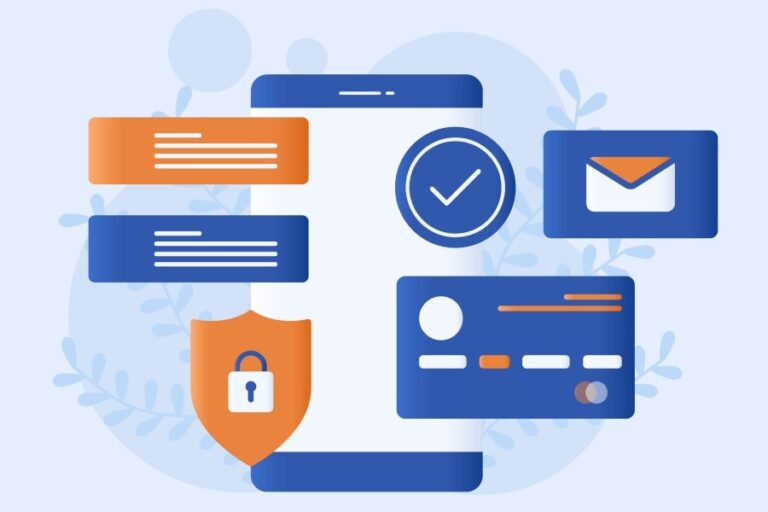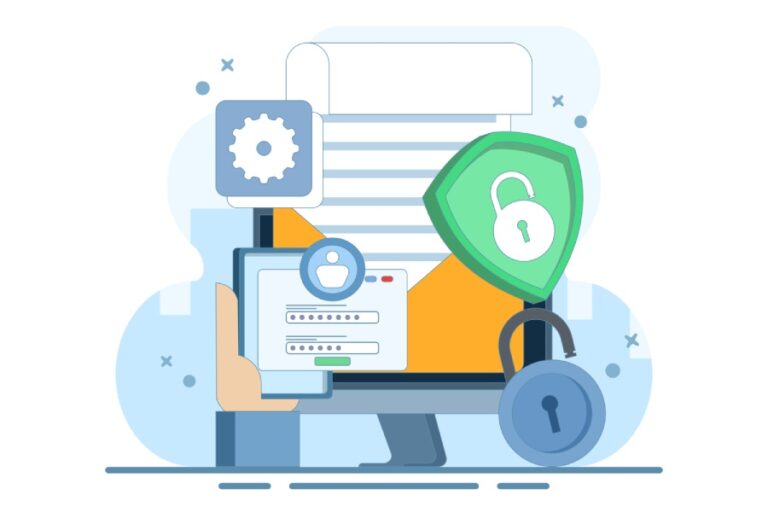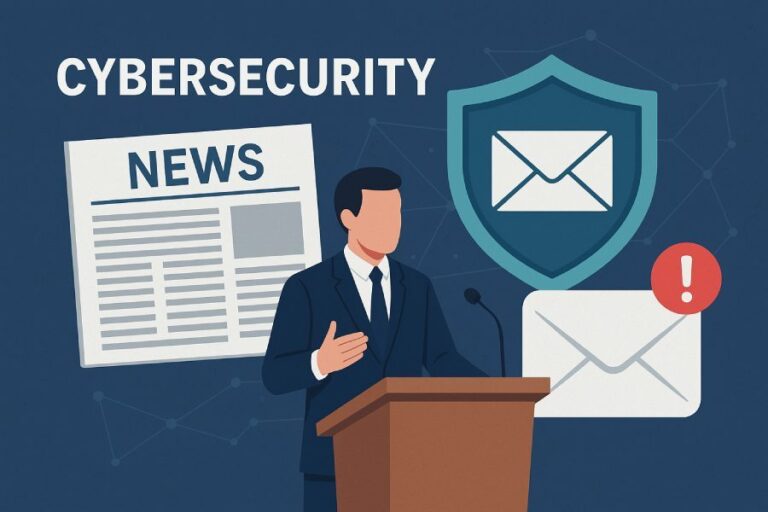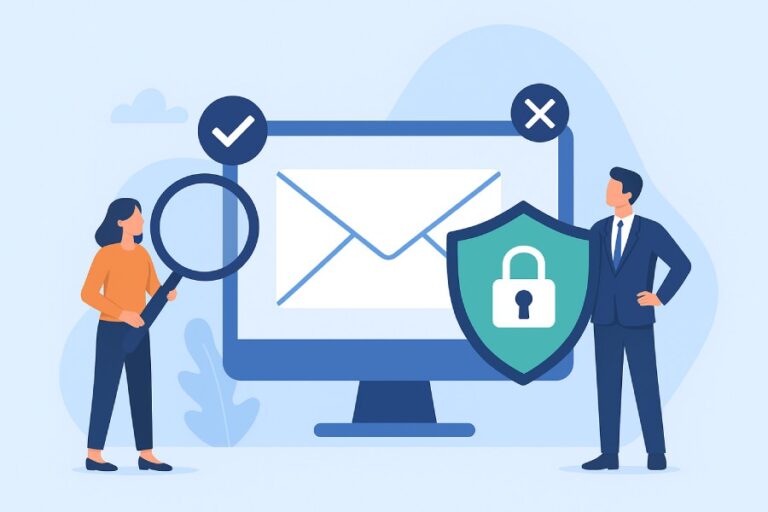DMARC Forensic Report: Essential Insights for Email Security
In today’s digital landscape, where email communication is the norm, ensuring the security of your domain is more important than ever. Cybercriminals are constantly developing new strategies to impersonate trusted brands and trick unsuspecting users. But what if you could see beneath the surface of email traffic and uncover these malicious attempts before they cause harm? That’s where DMARC forensic reports come into play.
These reports not only shine a light on when emails fail authentication checks but also provide key details that can help you understand the threats targeting your organization. Let’s dive into how these reports can serve as your frontline defense against email fraud.
A DMARC forensic report is generated when an email fails SPF and DKIM authentication, providing detailed insights into the potential spoofing attempts targeting your domain. These reports are crucial for identifying specific instances of email fraud, allowing organizations to enhance their email security protocols and protect themselves against cyberattacks.
What is a DMARC Forensic Report?
A DMARC Forensic Report is more than just a log—it’s an essential tool for any organization concerned with email security. Triggered when an email fails the DMARC authentication check, it provides comprehensive details regarding that failure. This helps organizations identify exactly how and why a potential phishing or spoofing attempt has occurred. Unlike aggregate reports, which only offer a high-level overview of successful and unsuccessful emails sent from your domain over a specified period, forensic reports drill down into the specifics of each individual failure.
Imagine receiving an alert about a suspicious email trying to impersonate your brand. The forensic report illuminates the details of this attempted breach: the examination shows the sending IP address, including timestamps and even the specific headers of the email in question. This kind of information is invaluable because it allows you to pinpoint how often similar attempts happen and who is behind them.
Understanding what makes up these reports can empower you with insights that are critical for maintaining your organization’s integrity against cyber threats.

Key Components of a DMARC Forensic Report
A well-structured DMARC Forensic Report includes several key components:
- Recipient’s Email Address: Helps identify which parties were targeted.
- Authentication Results for SPF and DKIM: Essential for assessing whether the email is legitimate or not.
- Timestamp: Provides a timeline for when the email was received.
- DKIM Signature Verification Details: Indicates whether the message’s integrity holds.
- Sending Host Information: Traces back to where spoofed messages originated.
- Email Subject Line and Message ID: Contextual data that aids investigation into specific incidents.
Suppose one day you find an email pretending to be from your popular newsletter service, but it’s actually malicious. The forensic report’s detailed breakdown will help you determine not just how this happened, but also if there are patterns in attacks targeting your domain.
Armed with this knowledge, you can take effective action against ongoing threats and improve your defenses.
Ongoing Security Benefits of Forensic Reports
The real magic of DMARC Forensic Reports lies in their capacity for real-time alerts. When your emails consistently fail authentication checks, these reports allow you to respond quickly—often before significant damage occurs.
In fact, according to recent studies, organizations employing DMARC with forensic reporting have noted up to a 30% decrease in phishing attacks within months of implementation.
Regularly analyzing these reports should become part of your cybersecurity routine. As they provide actionable insights into unauthorized use of your domain, you can vigorously adjust settings to prevent spoofing attempts and protect sensitive data like Personally Identifiable Information (PII).
Equipped with crucial insights and strategies from these reports, we can now explore the fundamental aspects that define their structure and functionality for further effective security measures.

Key Elements of Forensic Reports
At the heart of every forensic report lies a collection of essential components that tell a detailed story about a potential security incident. One of the most significant elements is the recipient’s email address. This information pinpoints who was targeted, making it crucial for understanding which part of your organization may require additional training or resources to prevent future vulnerabilities. Knowing who is in the crosshairs helps focus efforts where they are most needed.
Furthermore, the authentication results for SPF (Sender Policy Framework) and DKIM (DomainKeys Identified Mail) serve as vital indicators. They allow us to analyze if an email truly came from the claimed sender or if it has been spoofed. When these authentication methods fail, it flags the communication as suspicious—like flicking a red light in traffic. It’s an essential insight for cybersecurity teams looking to tighten defenses and ensure legitimate communications flow smoothly.
Another indispensable element is the timestamp of email receipt, which provides context related to timing. If multiple attacks happen in a short period or coincide with other suspicious activities, this time data can be particularly revealing. It allows analysts to create a timeline that helps identify patterns or emerging threats, much like piecing together clues in a mystery novel.
Also noteworthy is the DKIM signature verification details, which clarify whether an email was altered during transit. An intact DKIM signature suggests that the email has maintained its integrity, while tampered signatures could indicate malicious intent or phishing attempts. This verification acts as a safety seal—a promise that certain information hasn’t been modified or corrupted.
In addition to these elements, understanding the sending host information is crucial; it tracks the origins of potentially harmful messages. Knowing where an email originated can help organizations block malicious IP addresses, thwart subsequent attacks, and protect sensitive information from falling into bad hands.
The subject line and message ID included in forensic reports further equip security teams with valuable context for their analysis. By examining these elements, they can deduce not only what was being communicated but also prioritize response efforts based on urgency or relevance. If many users receive similar subject lines paired with failed authentications, it typically signals a coordinated phishing attempt—a serious alert that requires immediate action.
Once we grasp these key elements encapsulated within forensic reports, we set the stage for analyzing how emails fail and understanding the strategies needed to mitigate such issues effectively.
Analyzing Email Failures
Analyzing email failures is not just a technical necessity; it’s a critical pathway to understanding how vulnerabilities in your email system may be exploited. Taking the time to dissect each failed email can reveal patterns and issues that need addressing.
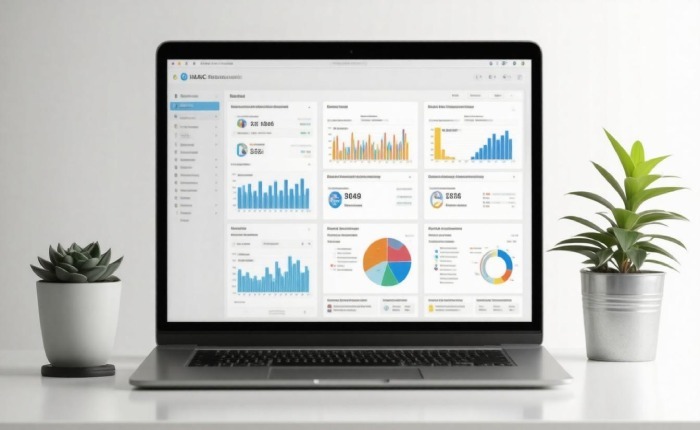
Steps to Analyze
Step 1: Examine SPF and DKIM Authentication Results
Begin by looking closely at the results from SPF (Sender Policy Framework) and DKIM (DomainKeys Identified Mail). If both tests fail, you can be fairly certain that something suspicious is at play. Failed SPF checks usually indicate that the sender’s IP does not have permission to send emails on behalf of your domain, suggesting potential spoofing. When a DKIM check fails, it means the email may have been tampered with during transit, raising questions about the sender’s credibility.
Step 2: Review the Sending Host Information
Next, take a look at where the email is coming from—specifically, examine the sending host information listed in the forensic report. This can be eye-opening. Imagine receiving an email that claims to be from your company, but upon inspection, you find it was sent from a server located in a foreign country unrelated to your operations. This inconsistency signals high potential for phishing or fraud and should prompt immediate action.
Step 3: Correlate Timestamps with Known Events
Another vital step is to align timestamps of these failed emails with any known events related to your organization. For instance, if there’s an unexpected surge in failure reports coinciding with an online promotion or data breach announcement, this could indicate someone is trying to exploit the situation. It’s essential to have this data organized clearly so you can easily identify spikes and correlate them with specific incidents.
Step 4: Check Recipient Addresses and Subject Lines for Patterns
Lastly, analyzing recipient addresses and subject lines can further enhance your defensive measures against future attacks. Look for repetitive patterns in these details among failing emails. Are they all directed towards certain individuals within your organization? Do they share alarming subject lines like “Urgent Payment Required” or “Your Account is Compromised”? These insights aren’t just informative; they guide you toward tightening security protocols tailored to specific threats.
By systematically following these steps while analyzing your email failures, you’re not just resolving issues as they occur; you’re fortifying your defenses against future vulnerabilities that jeopardize your organization’s safety and integrity. As we explore further, we’ll uncover how detailed forensic analysis can transform these insights into actionable security enhancements.
Enhancing Security with Forensic Analysis
Proactively leveraging data from forensic reports greatly enhances email security. The essence of this practice is to utilize information gleaned from these reports to not only understand past threats but also to fortify defenses against future attacks. When companies invest time and resources into analyzing these reports, they begin to unravel a wealth of information.
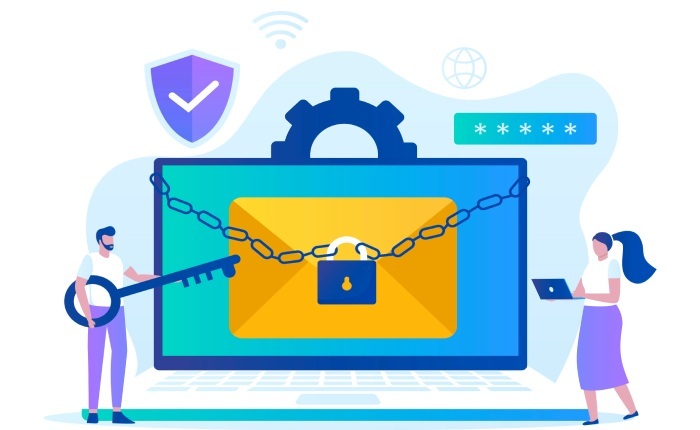
This investigation allows you to pinpoint weaknesses in your current security posture and tailor your strategies accordingly.
One effective method for maximizing the value of forensic data is to implement a feedback loop. This process involves using insights gained from the analysis of forensic reports to continuously update and refine your DMARC policies. By scrutinizing the data, you can identify prevalent phishing tactics that may have targeted your organization and then adjust your authentication mechanisms to counteract these techniques. Not only does this approach contribute to improved security, but it also cultivates a culture of vigilance within the organization.
A cybersecurity expert reported, “Regularly reviewing forensic reports has drastically reduced phishing attempts targeting our domain. We identified patterns and took preemptive measures to block unauthorized access.” Such testimonials underscore the importance of being proactive when it comes to email security.
Another practical application of forensic analysis involves performing regular audits of your DMARC configuration. Checking whether email authentication methods like SPF (Sender Policy Framework) and DKIM (DomainKeys Identified Mail) are correctly set up can make all the difference in preventing spoofing attacks. Additionally, viewing trends over time can help you assess whether there are recurrent threats that require further action or modification of policies.
Once you’ve analyzed the reports and taken relevant actions, establishing a structured system for receiving these reports becomes vital as you prepare for more advanced configurations that enhance email integrity.
Setting Up DMARC Forensic Reports
Setting up DMARC (Domain-based Message Authentication, Reporting & Conformance) policies to receive forensic reports is indeed a crucial step in enhancing your email security. Understanding how to configure them means taking control of your domain’s safety and reputation. The first step is to create a DMARC record for your domain by adding a DNS TXT record. This process can be technical, but it’s quite manageable with the right resources.
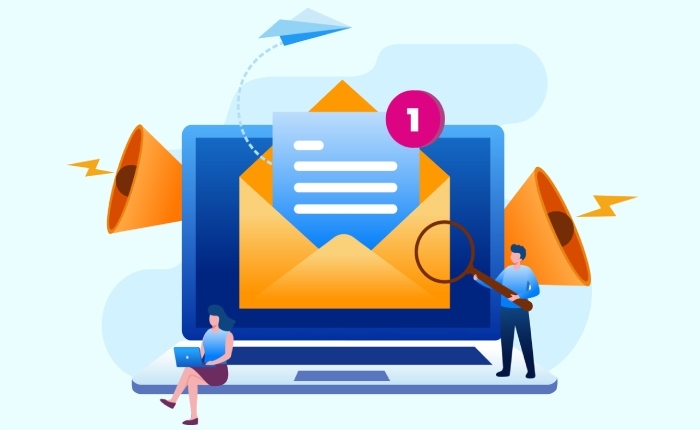
When you add this DNS TXT record, you are essentially informing email receivers about your domain’s email authentication practices. You’re telling them which method to use when emails from your domain are sent and whether or not they should treat an email as legitimate. This setup creates a basic framework for how email systems will handle messages claiming to come from your domain.
The next step involves including the rua tag for aggregate reports and the ruf tag specifically for forensic reports. The ruf tag is particularly important as it specifies which email address or addresses should receive notifications about failed authentications. Think of it as setting up a communication line where you can be notified immediately if something goes wrong with emails sent from your domain.
After setting these tags, it’s time to define your policy regarding email authentication failures.
Steps to Set Up
Begin by setting your policy with p=none, which allows you to monitor how many messages pass or fail without enforcing any restrictions at first. This setup provides valuable data on legitimate email traffic and potential spoofing attempts without affecting normal operations. As you gain confidence in the information gathered through successive monitoring and analysis, gradually transition to stricter policies: p=quarantine or ultimately p=reject.
- p=quarantine: Emails that fail DMARC checks will be sent to spam or junk folders.
- p=reject: Messages that fail the checks will be completely rejected, preventing them from ever reaching the recipient’s inbox.
This structured approach helps manage risk effectively while protecting against malicious actors impersonating your domain.
| Tag | Description | Example |
| rua | Address to send aggregate reports to | rua=mailto:dmarc-aggregate@yourdomain.com |
| ruf | Address to send forensic reports to | ruf=mailto:dmarc-forensic@yourdomain.com |
| p | Policy for unauthenticated emails | p=quarantine or p=reject |
Configuring these settings correctly enables you to start receiving forensic reports. These insights act as vital tools for enhancing your email security landscape, providing real-time feedback on who is sending emails on behalf of your domain and how well those messages are being authenticated. This sets the stage for ongoing vigilance against potential threats arising from domain spoofing and other malicious activities targeting your organization.
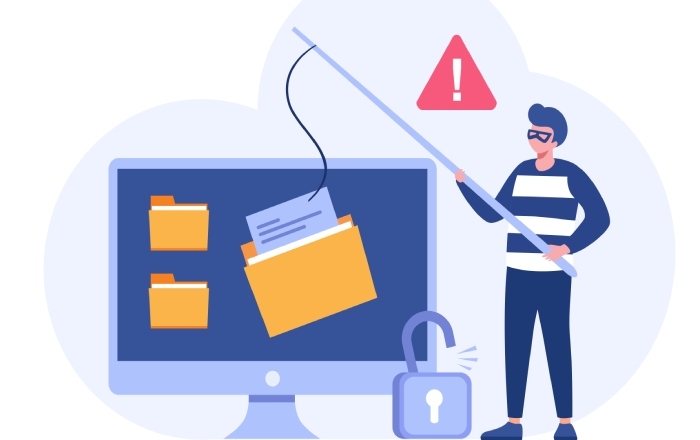
As we explore more about email security, let’s shift our focus to instances where DMARC has made a significant impact in real-world situations.
Real-World Examples of DMARC in Action
Consider the story of a healthcare provider that fell victim to a series of sophisticated phishing attacks, all aimed at targeting its patients. As chaos unfolded, the institution realized they needed a solution that provided deeper insights into their email security. Once they implemented DMARC and began analyzing forensic reports, they received a wake-up call: cybercriminals were using a lookalike domain to trick recipients into providing sensitive information.
With this newfound awareness, the provider quickly adapted its DMARC policies and worked hand-in-hand with its email service provider to block the malicious IP addresses involved. The result? A dramatic drop in phishing attempts and an immediate boost in both trust and safety for their patients.
In another striking instance, a financial institution uncovered an impersonation scheme that relied on attackers exploiting a compromised marketing server. Thanks to meticulous analysis of forensic reports, the institution was able to pinpoint the exact server being used in the attack. This crucial identification fueled swift action, leading to urgent patching of the vulnerability before any significant damage could occur. The institution learned firsthand how empowering it is to possess real-time insights through DMARC forensic reporting—turning threats into manageable challenges.
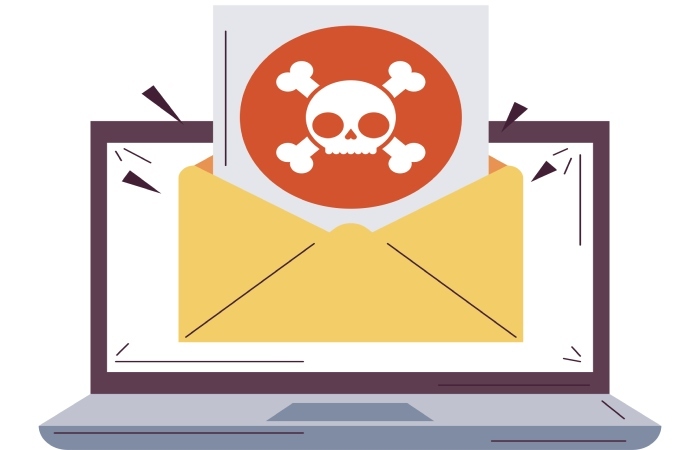
These compelling examples underscore just how invaluable forensic reports are when it comes to identifying weaknesses and mitigating email threats efficiently. As we’ve seen, well-strategized use of these reports not only fortifies individual organizations but also elevates overall industry standards in cybersecurity.
Integrating DMARC forensic reporting into your organization’s arsenal isn’t merely about reacting to existing threats; it’s about staying one step ahead of cybercriminals who constantly evolve their tactics. By implementing these measures, you’ll not only bolster your defenses against phishing attacks but also instill confidence among your clients and employees about the safety of communication within your organization. It’s a proactive approach that fuels robust email security strategies, ensuring you can focus on what matters most—your core business.
Ultimately, embracing DMARC forensic reporting empowers organizations to safeguard their communications while enhancing overall cybersecurity resilience. Staying ahead in this continuously shifting landscape is not just wise; it’s essential for protecting trust and integrity.


